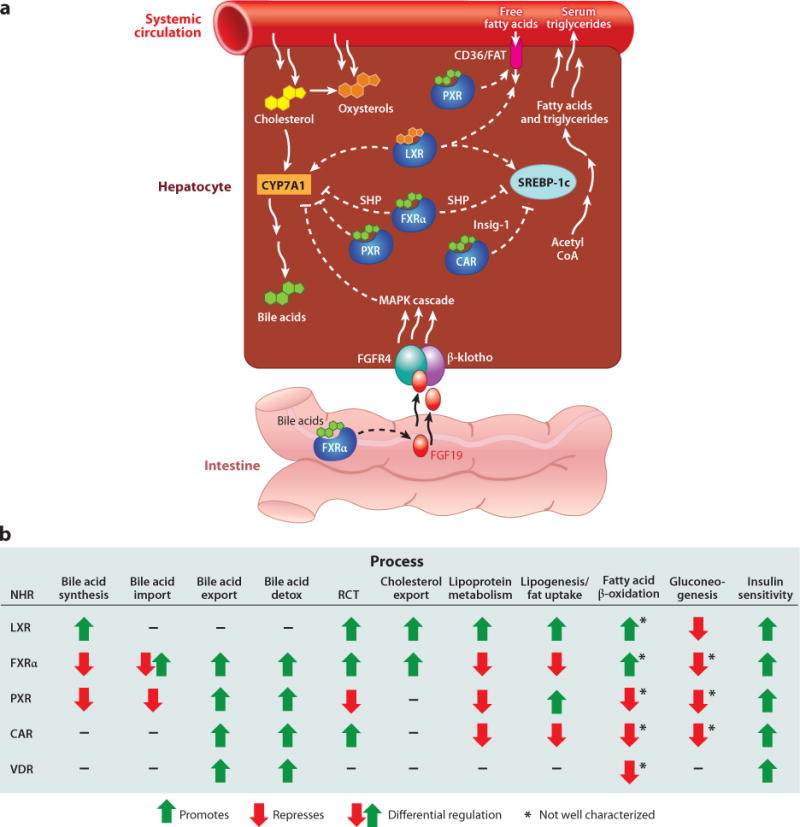Figure 1. Pleiotropic actions of mammalian sterol-sensing nuclear hormone receptors (NHRs) on energy homeostasis.

(A) Differential regulation of select components of bile acid (BA) synthesis and lipogenesis by the sterol-sensing NHRs. LXR and FXRαact in an opposing manner upon expression of the CYP7A1 cholesterol 7α-hydroxylase, impacting BA synthesis, and the SREBP-1c transcription factor, which regulates fatty acid and triglyceride synthesis. LXR and PXR also positively regulate the fatty acid translocase CD36/FAT, promoting uptake of free fatty acids. (B) Comparison of the roles of sterol-sensing NHRs in various metabolic processes demonstrates the pleiotropic actions of these receptors. CAR, constitutive androstane receptor; FGF19, fibroblast growth factor 19 (mouse FGF15); FXRα, farnesoid X receptor-α; Insig-1, an endoplasmic reticulum-associated membrane protein that prevents proteolytic activation of SREBP; LXR, liver X receptor; PXR, pregnane X receptor; SHP, small heterodimer partner; RCT, reverse cholesterol transport; VDR, vitamin D receptor.
